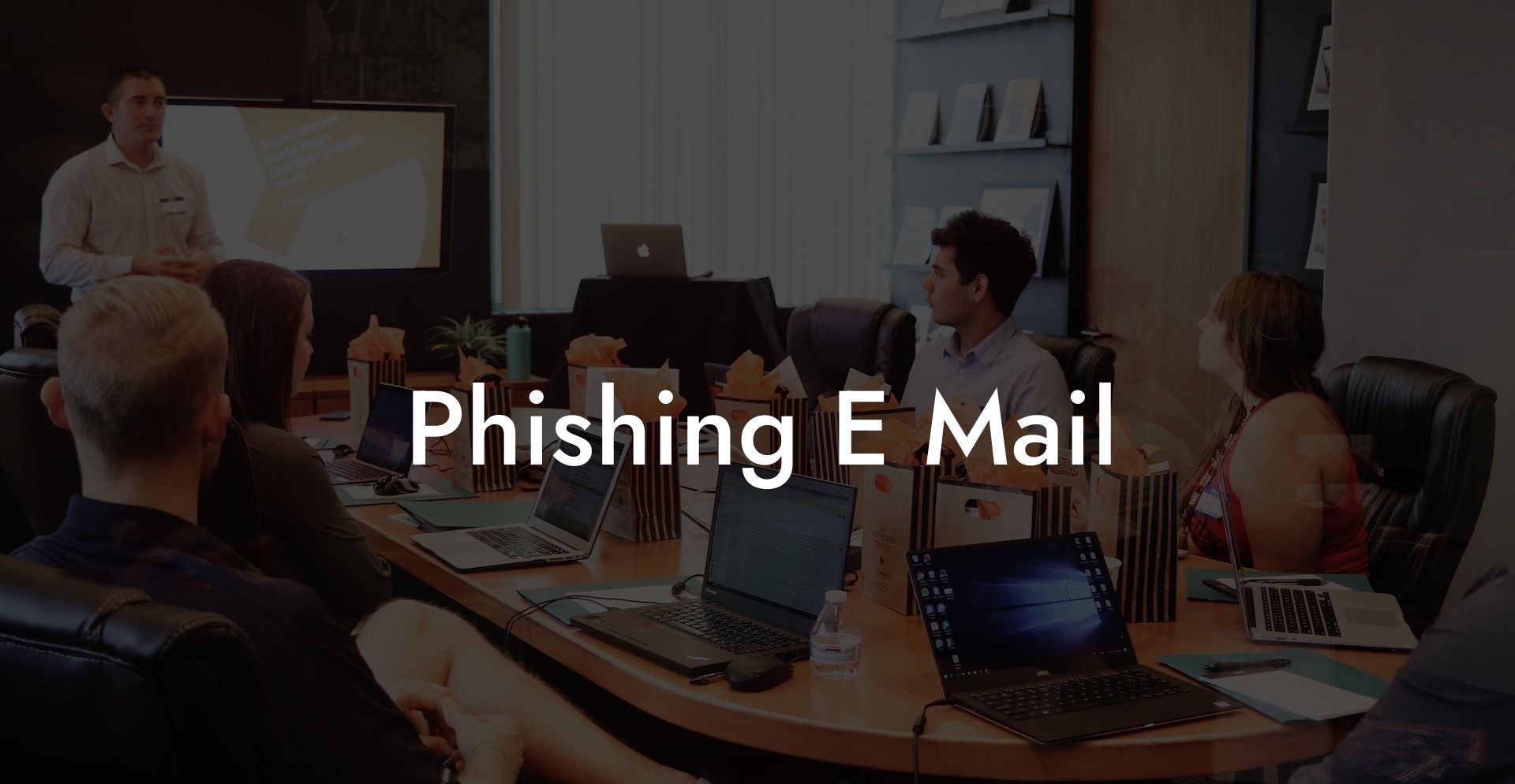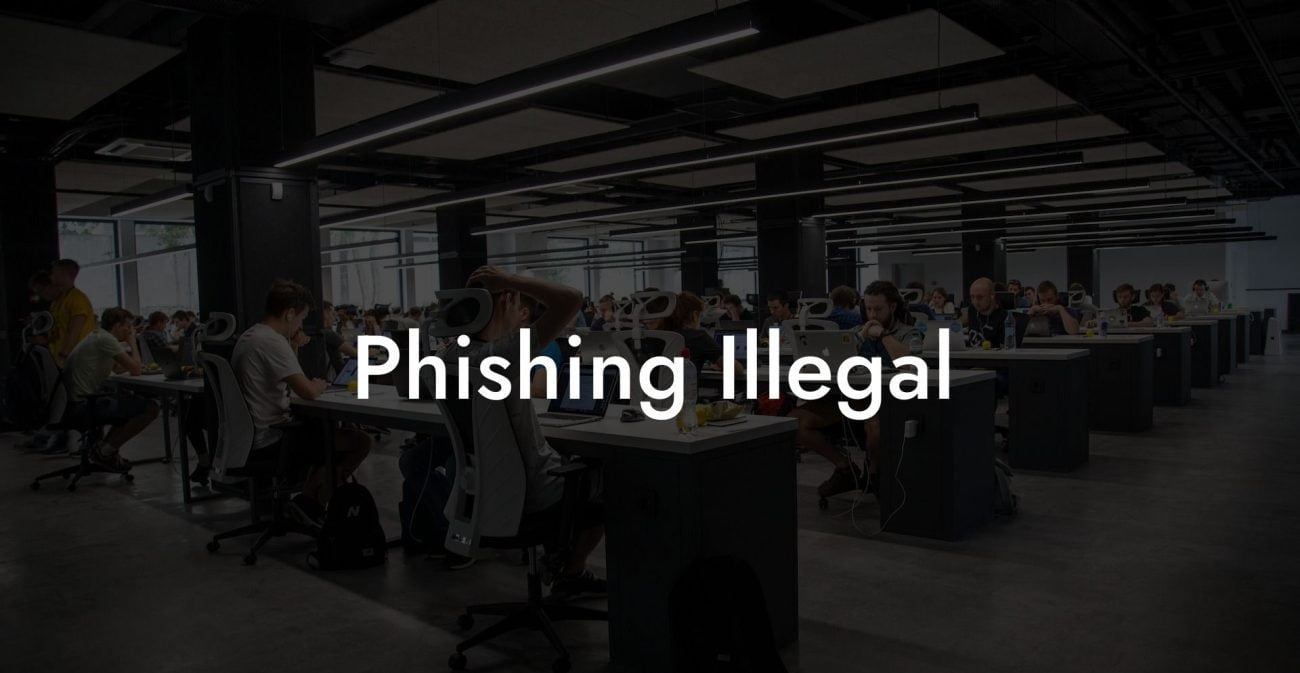You're scanning through your inbox, and an email catches your eye. It's from a popular online retailer, informing you about a great promotion or asking you to verify your account. You click the link, and the next thing you know, your personal information is lost, leaving you vulnerable to cyber attacks, identity theft, and financial loss.
Phishing E Mail Table of Contents
Common characteristics of phishing emails
Welcome to the world of phishing email scams, where cybercriminals use manipulative tactics to steal sensitive information, commit fraud, and create chaos. Millions of people fall victim to these scams every year, making it crucial for you to stay informed and vigilant.
Protect Your Data Today With a Secure Password Manager. Our Top Password Managers:
In this comprehensive guide, we will take a deep dive into phishing emails, explain how they work, and offer practical advice for staying one step ahead of scheming cybercriminals.
What is a phishing email?
A phishing email is a deceptive email, designed to trick you into handing over sensitive information, like login credentials or financial details, to cybercriminals. Using various manipulation techniques, these criminals mask their deceitful intentions by making their emails appear legitimate and trustworthy. Victims are often lured into clicking on links, downloading attachments, or replying with personal data, only to give criminals everything they need to commit nefarious activities.
Common characteristics of phishing emails
While phishing emails can assume many forms, they often share several traits that can help you identify them. A typical phishing email may:
1. Display poor grammar or spelling errors
2. Use a generic greeting, like "Dear Customer"
3. Feature a sense of urgency or danger, coercing immediate action
4. Mimic a well-known company or institution, replicating logos and email formats
5. Contain strange or unfamiliar sender addresses
A real-life example of a phishing email scam
Imagine this scenario: You receive an email from a popular streaming service, informing you that there is a problem with your account, and it will be deactivated if you don't update your payment information or confirm your identity. Panicked, you click on the provided link, only to be directed to a remarkably authentic-looking website that asks for your login details.
By entering your credentials on this fake site, you have unwittingly given cybercriminals complete access to your account. This can lead to anything from unauthorized account changes to stolen credit card information and identity theft.
Protecting yourself from phishing emails
Here are some crucial steps to defend yourself against phishing emails:
1. Never click on a suspicious link or download unfamiliar attachments. Instead, hover your cursor over the link to check where it leads. If in doubt, visit the company's website directly or contact them via official channels.
2. Set up multi-factor authentication to add an extra layer of security for your accounts.
3. Be cautious with emails that incite urgency, fear, or greed, even if they appear legitimate.
4. Update your device's software regularly, including firewalls, antivirus programs, and security patches.
5. Report any suspected phishing emails to the company they are purportedly from and forward them to the Anti-Phishing Working Group (reportphishing@apwg.org) or report them using your email provider's built-in phishing reporting tool.
By implementing these security measures and staying vigilant, you can reduce your risk of falling prey to dangerous phishing email scams.
In conclusion, phishing emails are a pervasive and costly problem, targeting millions of unsuspecting victims each year. By understanding their tactics, staying alert, and taking protective measures, you can minimize your vulnerability to these insidious scams. Share this guide with your friends and family to spread awareness and protect those you care about most. Looking to learn more about voice phishing? Check out our comprehensive Voice Phishing blog for more tips, tricks, and resources to help you stay one step ahead of the criminals.
Protect Your Data Today With a Secure Password Manager. Our Top Password Managers:















